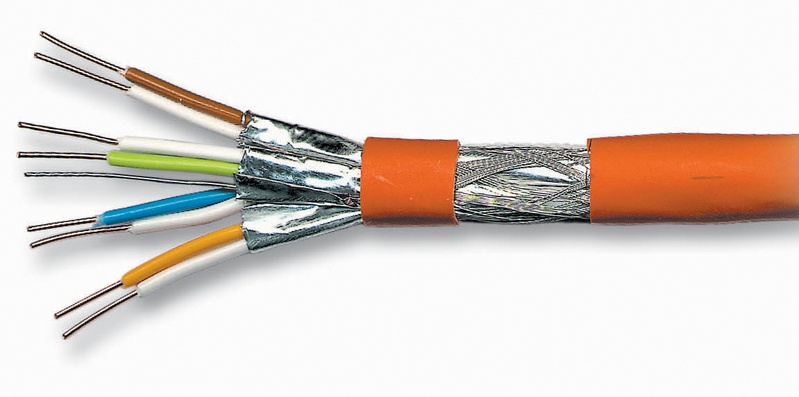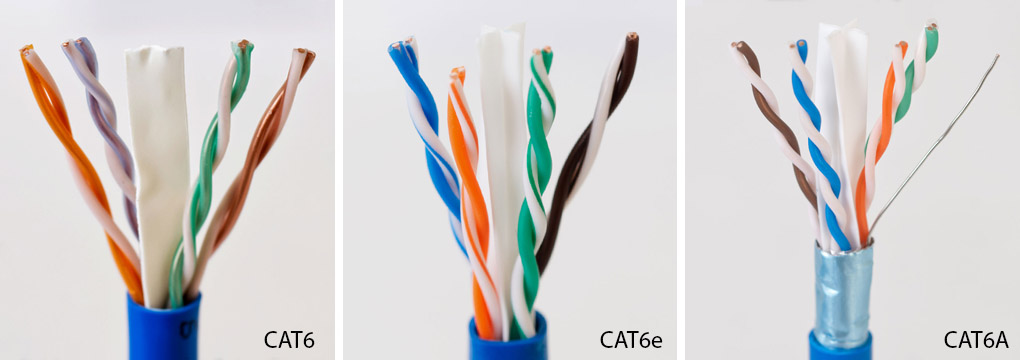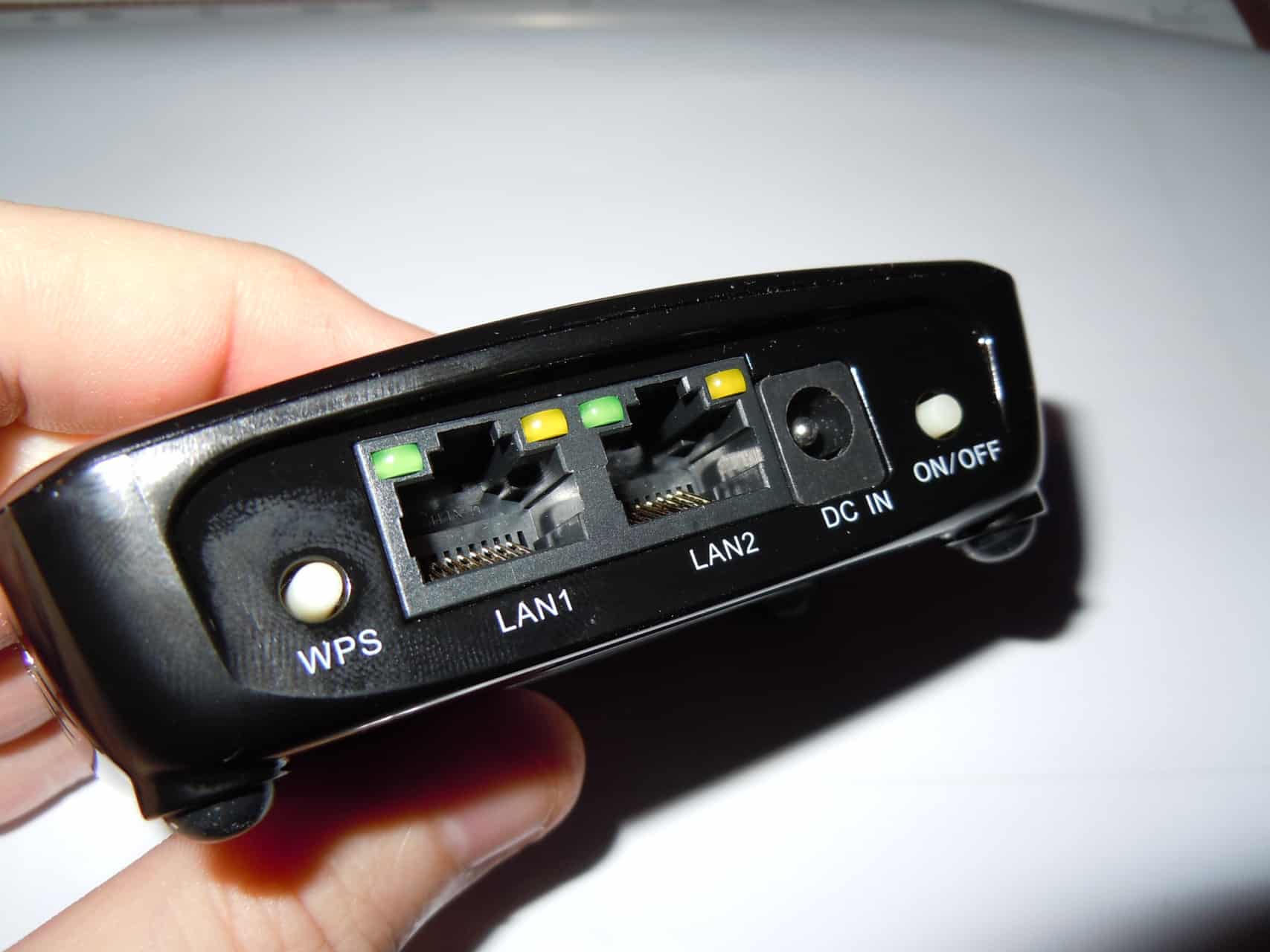Gone are the days when computers were the only electronic devices that connected to the internet. With the rapid development in the technological field, we have more and more new devices that need an internet connection. For example, we have media players, smart TVs, NAS, printers, and others. Although these devices can be connected to the internet via WiFi, a wired connection is considered to be more stable and faster. This is where the need for Cat cables comes into the picture.
A Cat cable is used to establish a wired connection between devices and the internet. These cables are used both at home and in offices. There are different categories of Cat cables in the market. However, some of those categories are already outdated.
The latest and most preferred Cat cables are Cat 6 and Cat 7. To choose the right one, you need to first know the difference between the two. In this post, we will compare Cat 7 vs Cat 6 and highlight the main differences between the two.
The Differences Between Cat 7 vs Cat 6 Ethernet Cables
Cat 7 vs Cat 6 cables both connect devices to the internet. They might have the same function, but there are major differences between the two. We have broken down the differences between the two in the table below. Have a look.
| Criteria | Cat 7 | Cat 6 |
|---|---|---|
| Max Speed | 40 Gbps at 10 meters | 10 Gbps at 35 meters |
| Frequency | 600 Mhz | 250 Mhz |
| Lifespan | Up to 15 years | Up to 10 years |
| Crosstalk | Less than Cat6 | More than Cat7 |
| TIA/EAI Recognition | No | Yes |
| Average Cost | $0.50 per foot | $0.30 per foot |
What is a Cat 7: Know the Function, Uses, Pros & Cons

The Function of Cat 7
Cat 7 is the seventh generation Ethernet that is much faster and better than all other previously released Cat cables. It comes with a higher bandwidth and transfer speed than Cat 6. Is obvious, Cat 7 cables are more expensive than Cat 6 cables.
The maximum transfer speed of Cat 7 cables is 100 Gbps, which is much higher than the 10 Gbps speed provided by Cat 6 cables. The best thing about Cat 7 cables is the construction. They have a fully shielded body and therefore, they don’t get affected due to noise. As a result, it provides a better connection quality.
Instead of RJ-45 connectors, Cat 7 cables use Giga Gate 45 connectors. This allows them to be a step ahead of other previous-generation Ethernet cables. However, Giga Gate 45 connectors are not present in all networking devices. Before you decide to use a Cat 7 cable, make sure that it has the right connector. Otherwise, it will not work with your networking device.
When to Use Cat 7?
Cat 7 is a high-end Ethernet cable that is used for Ethernet gigabit setups. It is widely used to connect hubs, computers, and modems on networks of all sizes and shapes. Not only that, but Cat 7 cables are also common in industrial and commercial applications.
The main advantage of Cat 7 is that it can withstand harsh environments, including moisture, UV, high temperatures, and contact with oils and chemicals. Due to this reason, they are widely employed in industries. These cables do a better job in those setups than at home.
However, you can also use Cat 7 cables for the domestic LAN cable network. It makes a great choice for all game enthusiasts.
Pros & Cons of Cat 7
Cat 7 ethernet cables have quite a few advantages over Cat6 cables. But it also includes a few cons. Whether Cat 7 is right for you or not depends on your requirements. Before that let’s take a look at the pros and cons.
Pros
- Larger bandwidth�
- Transfer speed of up to 40 Gbps
- Less interference
- More advanced than Cat6
Cons
- Expensive
- No TIA/EIA installation
- Thick Ethernet cable
- Not easy to install
What is a Cat 6: Know the Function, Uses, Pros & Cons

The Function of Cat 6
Cat 6 ethernet cables comprise four twisted pairs of copper wires. It supports transfer speeds of up to 10 Gbps and has a frequency of 250 MHz. It’s the sixth generation of Ethernet cables that is backward compatible with Cat 5e and Cat 5 cables.
It is a versatile cable choice mainly for newer installations, both in the home and office. It is also used by businesses and data centers. Almost all Cat 6 cables are equipped with an RJ-45 connector.
The thick sheath protects the cable from alien crosstalk and near-end crosstalk which used to be an issue with previous generation Cat cables. Crosstalk issues can lead to noise and interference which in turn reduces data transfer speeds.
When to use Cat 6?
If you want faster internet speeds at home, Cat 6 cable could be the best choice for you. It offers the right amount of speed and bandwidth suitable for a home network. Unlike Cat 7 cables, it will not be overkill when installed at home.
Cat6 cables are ideal for those who want to upgrade their Ethernet setup from Cat 5 or Cat 5e. It is perfect for computer networks reaching 1 Gbps of data transfer speeds or higher. They are capable of accommodating 10 Gbps of connection speed over the network.
Pros & Cons of Cat 6
Cat6 cable is mainly used for newer installations. It has excellent bandwidth and speed. However, it is not free of drawbacks.
Pros
- Low crosstalk
- Transfer speed up to 10 Gbps
- Backward compatible
- 250 Mhz frequency
Cons
- Difficult to install
- Slower than Cat 7
- Not good for multiple applications
Frequently Asked Questions
Q1. What is the maximum transfer speed of Cat6?
Ans: Cat 6 cables have a maximum transfer speed of up to 10 Gbps.
Q2. What Ethernet cable is suitable for commercial and industrial setups?
Ans: Cat 7 and higher-generation Ethernet cables are great for commercial and industrial use.
Q3. Is Cat6 better than Cat5?
Ans: Cat 6 cables are an upgraded version of Cat 5 cables. It has better speed and bandwidth.
Conclusion
Both Cat 7 and Cat 6 Ethernet cables are good in their ways. They serve the same function but have different applications. Your choice of Cat cable depends on the equipment or thing you need it for. For instance, Cat 6 cables are great for a home network, but a Cat 7 will be overkill in such a setup. On the other hand, a Cat 6 cable is not suitable for industrial or commercial use. So you need to pick one based on your requirements.




